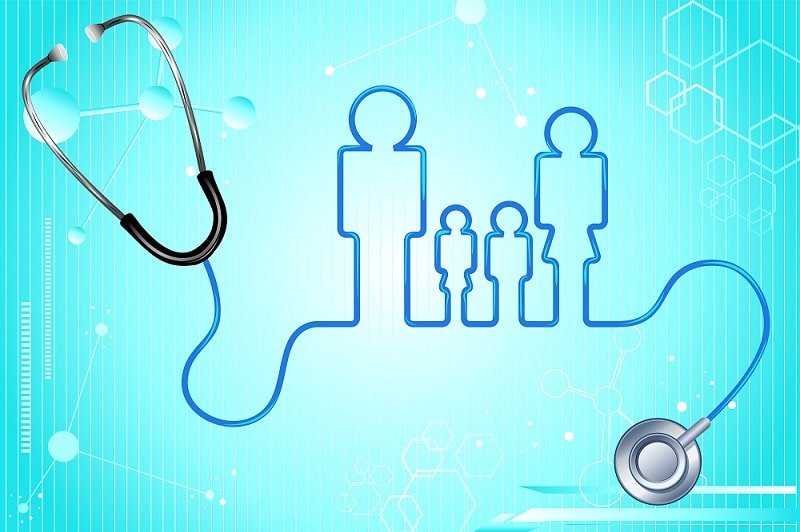The COVID-19 immunization program could become a game-changer for healthcare businesses if the correct technology applications are used. COVID-19 vaccination campaigns, on the other hand, are being prepared in partnership with public healthcare professionals to prioritize distribution by age groups, locate vulnerable population groups, regulate the demand-supply gap, trace vaccinated groups, and much more.
Administering large-scale immunization programs in every country is a huge undertaking that technology can help with. Governments all across the world have been quietly ramping up their IT capabilities to aid in vaccination delivery procedures The COVID-19 immunization program could become a game-changer for healthcare business if the correct technology applications are used. Vaccination drives only can benefit from health IT. It is critical to identify all workflows as well as stakeholders of the vaccination system or application being utilized to properly digitize the vaccination process.
Intervention areas where technology can help with vaccine administration:
- Vaccine tracking: Managing the vaccine cold chain is critical, particularly when vaccines are shipped over vast distances and must be stored under strict conditions. Sensors to measure the temperature of a vial as well as dashboards to monitor supply chain operations throughout various distribution channels are among the tracking technologies.
- Exploring vaccination suppliers. Vaccine locators are basic web portals that allow you to quickly locate relevant providers in your area. The CDC is now hosting the website for COVID-19, which includes a list of immunization facilities and clinicians across the country.
- Eligibility is being checked. Most countries deliver vaccines in a staggered fashion, with the most susceptible receiving the doses first. People can find out if they are eligible for public health care by filling out a simple questionnaire or checklist on the website.
- Vaccination appointment. This operates in the same way as any other scheduling strategy, such as making an appointment and can assist prevent overcrowding at medical centers for vaccination drive.
Some errors may exist in the early stages, but they should be addressed rapidly to keep the learning curve moving forward. In such a large-scale worldwide immunization campaign, technology should never be an impediment. Technology isn’t about choice; it’s about making it easier to get people vaccinated as quickly as possible.



